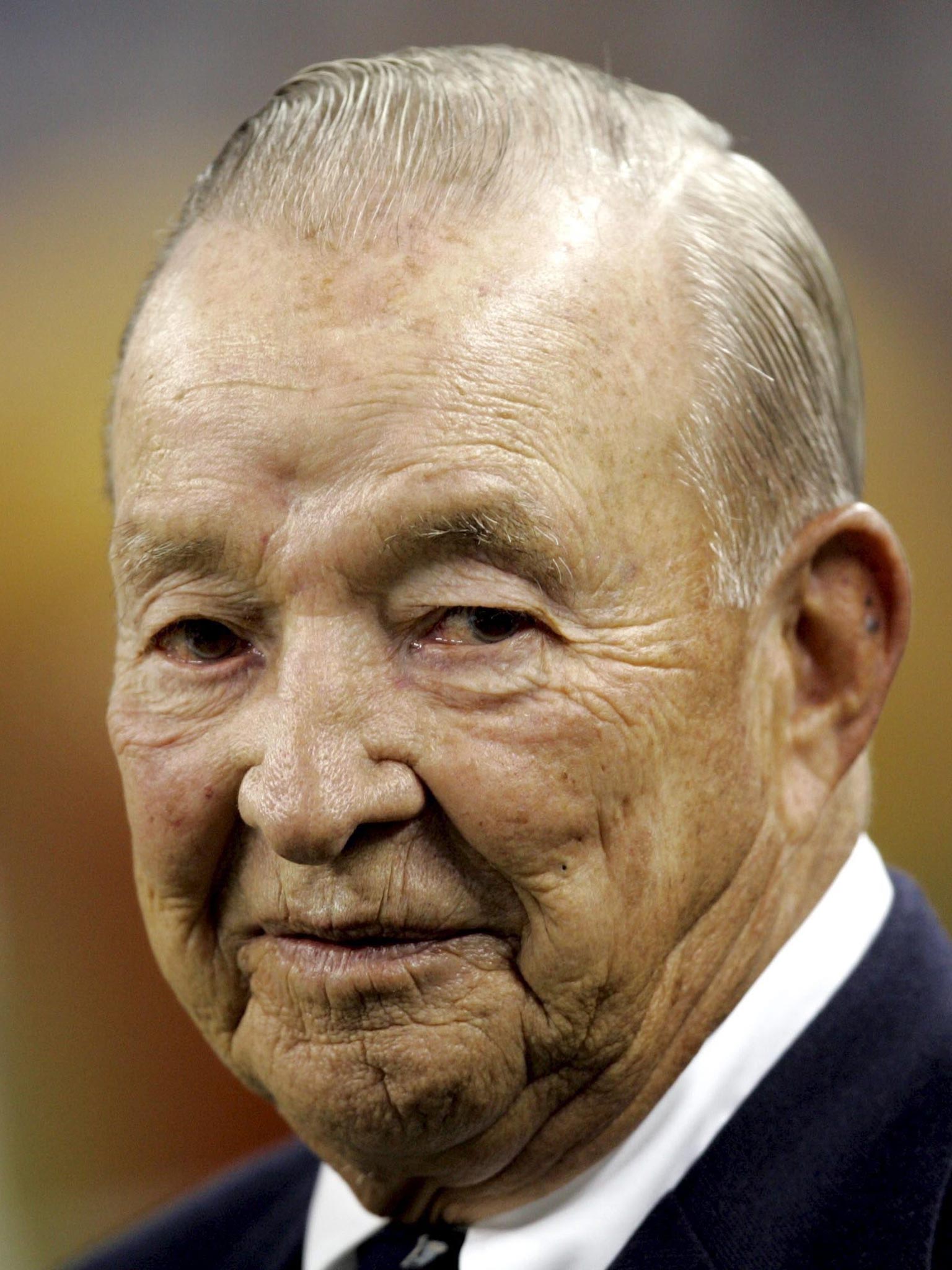William Clay Ford: Businessman and scion of the Ford dynasty who helped ensure that power remained with the family

William Clay Ford was a throwback to a vanished era of great industrial dynasties, the last surviving grandchild of Henry Ford and a reminder of how his family once owned in its entirety the company that revolutionised the factory floor in America and brought the motor car to everyman.
Though William spent his entire career at Ford, he was never in charge. After the death of his son and intended successor Edsel in 1943, Henry Ford passed the reins two years later to his eldest grandson Henry, later known as "HF2" or "Hank the Deuce", and when the latter stepped down as chief executive in 1979 the job went not to William but to Philip Caldwell, the first non-family member to run Ford.
The two brothers were very different. Henry II, three times married, was brash and domineering, a jetsetter and headline-maker. William, eight years his junior, was more reserved and less ostentatious, and happily married to the same woman for 66 years until his death. His wedding though, to Martha Firestone, granddaughter of the tyre magnate Harvey Firestone, was one for the ages, a union of two of the royal families of American business.
The couple had met at a lunch specially arranged to that end by their mothers. At first they resisted the matchmaking, but soon they were corresponding. When they married in 1947 the guests included Rockefellers and Edisons, and the Ford Motor Company put out a six-page press release to mark the occasion.
By then William's future was not in doubt – indeed it had never been, virtually from the moment of his birth. At the age of 10 he was sitting in his doting grandfather's lap and learning how to drive. As well as cars, Henry Ford also happened to be an ardent believer in aeroplanes: William's first flight was in a Ford Tri-Motor aircraft, with his grandfather's friend Charles Lindbergh at the controls.
In 1948, a year after his marriage and before he had even graduated from Yale, he was elected to Ford's main board. He would remain there for almost six decades, serving for eight years as head of the company's powerful finance committee and for nine years as vice-chairman.
Most rewarding, almost certainly, however, were the 32 years William spent as chairman of Ford's design committee. An early triumph – aesthetic if not commercial – was the Lincoln Continental Mark II in 1956, created by a group led by William. Although the car, the most expensive model sold by Ford at the time, never made money, its long low lines were greatly admired. "He had exquisite taste, and he knew when an idea was right," the Mark II's chief stylist John Reinhart said of William in a 1974 interview with Automotive Quarterly.
But William Ford's most important creative contribution to Ford came in the financial field. In 1956, when his brother took the company public, he stubbornly and successfully insisted on establishing a special class of stock that held 40 per cent of Ford voting rights, ensuring that the family retained effective control.
And that remains the case today, even though an outsider (Alan Mulally, imported in 2006 from Boeing) is Ford's current chief executive, and the extended Ford family owns barely 2 per cent of the company's total shares. None the less William's son, William Clay Ford Jr, replaced by Mulally as CEO, remains as chairman of the board.
If the fortunes of the enterprise that William did run are any guide, it is perhaps as well he didn't get the top job at Ford. On 22 November 1963, the same day President Kennedy was later assassinated, he bought the Detroit Lions of the National Football League for $6m, at the time among the largest sums ever paid for a US sports franchise.
Under his ownership the team moved twice: in 1975, amid much controversy, out of Detroit proper to the suburb of Pontiac, and then in 2002 back to Ford Field, a spanking new $500m stadium in the heart of downtown, in a move designed to help revive the struggling city.
Aided by a personal fortune estimated at $1.4bn at the time of his death, William lavished money on the team, but to little avail. In half a century the Lions never reached the Super Bowl, usually lost more games than they won, and in 2008 – by coincidence or otherwise the year that was the nadir for Detroit's struggling car companies – assembled an unprecedentedly perfect season, managing to lose all 16 games they played.
Thereafter Ford staged a remarkable recovery, the Lions less so. As the owner, William Ford was much loved but none the less quietly criticised for over-loyalty to coaches and players who were not quite up to the job. It now falls to his survivors and successors to put things right. At 88, Martha Ford, née Firestone, takes over as owner, while her son William Jr stays on as vice-chairman, and now de facto chief executive.
RUPERT CORNWELL
William Clay Ford, businessman: born Detroit 14 March 1925; director, Ford Motor Company 1948-2005; married 1947 Martha Firestone (three daughters, one son); died Grosse Pointe Shores, Michigan 9 March 2014.
Subscribe to Independent Premium to bookmark this article
Want to bookmark your favourite articles and stories to read or reference later? Start your Independent Premium subscription today.

Join our commenting forum
Join thought-provoking conversations, follow other Independent readers and see their replies